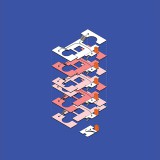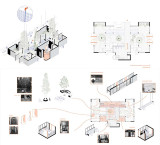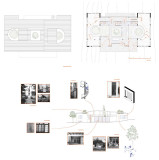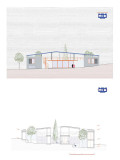Supervisor:
2024
Dwelling, as one of the fundamental issues in architectural composition, constitutes a mirror of the way of life and cohabitation. With Konstantinidis characterizing dwelling as a vessel of life, it becomes clear that the concept refers not only to a habitable structure but includes people and their cohabitation as its content. This relationship of vessel and content could be characterized as bidirectional since the content follows the shape of the vessel, but conversely, the vessel has the ability to adapt to the structure of its content.
The project, engaging with this bidirectional relationship of structure and content, explores the way we inhabit and seeks to design dwelling as a translation of this way of cohabitation. Recognizing the need for flexibility in dwelling, it proposes a new model of cohabitation, incorporating the concept of dynamics in design. Through this approach, dwelling becomes a field of space production, allowing continuous adaptation to the needs of the inhabitants. Our proposal elaborates on the idea of a house within a house, expanding the possibilities of existing modes of habitation.
Thus, the 1 ⇔ 3 model is created, as a housing unit containing three smaller dwellings within it, indicative of the three generations commonly involved spatially within the framework of the ownership system. The wall detaches from its position as a sturdy boundary, and the mechanism of the door takes its place, opening up a new series of possibilities. The proposal of a house within a house is an approach that highlights the creativity of the concept of family and opens up new horizons in the way we live together.
This model is designed in two versions, that of the single-family house and the apartment building, and is placed in four different locations, two cities and two rural areas. Through this work, a redefined relationship with dwelling is proposed, reflecting the developments and needs of modern society.







